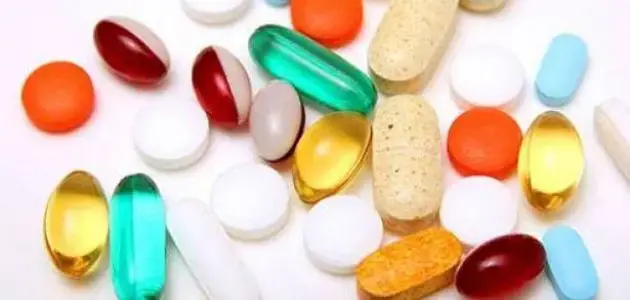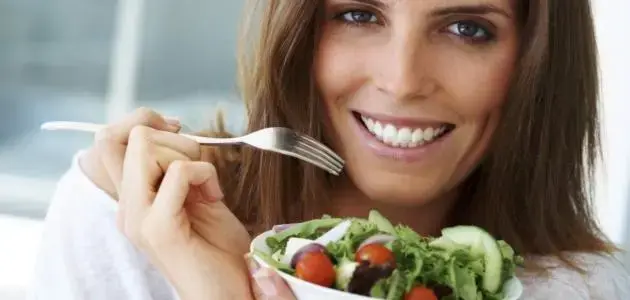Did you know that some fruits are actually pretty good sources of iron? While fruits aren’t typically the first thing that comes to mind when you think of iron-rich foods, there are several that can help boost your intake. Here’s a rundown of some iron-packed fruits you might want to add to your diet.
Dried Plums (Prunes)
Prunes are a great source of iron. Just half a cup gives you about 0.81 mg of iron, which is roughly 4.5% of your daily recommended intake. Even better, half a cup of prune juice has around 3 mg of iron—that's about 17% of what you need each day.
Berries
A cup of berries (like blackberries or strawberries) contains about 2.6 mg of iron (14% of your daily need). Raspberries give you about 1 mg per cup, or 5%. Besides iron, berries are loaded with antioxidants and vitamin C, making them a super healthy snack.
Dried Fruits
Fruits like raisins and dried apricots are surprisingly rich in iron. A cup of dried apricots has around 8 mg—an impressive 42% of your daily requirement. A third of a cup of raisins gives you about 1 mg. Raisins also bring along potassium and B vitamins, so they’re a smart choice for a midday snack.
Figs
Both fresh and dried figs are solid sources of iron. 100 grams of dried figs offer about 4.2 mg of iron. They’re also packed with calcium, phosphorus, and fiber, so you get more than just iron.
Dates
Ten dates provide around 1 mg of iron. Not bad for a sweet treat that’s also full of other nutrients.
Watermelon
A small slice of watermelon gives you around 0.69 mg of iron. It’s hydrating and refreshing, too!
Other Iron-Containing Fruits
Some other fruits contain small amounts of iron:
- Bananas: 0.36 mg per banana
- Apples: 0.5 mg per apple
- Dried coconut: 3 mg per 100 grams (about 19% of your daily iron needs)
Plant-Based Iron Sources
Besides fruits, here are some great plant-based iron sources:
- Beans and lentils
- Tofu
- Iron-fortified cereals
- Whole grains and fortified bread
- Nuts, especially cashews
- Seeds like sunflower, pumpkin, and sesame
How Much Iron Do You Need?
Here’s a quick guide to the recommended daily iron intake by age and gender:
- Infants (0–6 months): 0.27 mg
- Infants (7–12 months): 11 mg
- Kids (1–3 years): 7 mg
- Kids (4–8 years): 10 mg
- Kids (9–13 years): 8 mg
- Teen boys (14–18 years): 11 mg
- Adult men (19+ years): 8 mg
- Teen girls (14–18 years): 15 mg
- Women (19–50 years): 18 mg
- Women (51+ years): 8 mg
- Pregnant women: 27 mg
- Breastfeeding teens: 10 mg
- Breastfeeding adults: 9 mg
Quick Overview of Iron
Iron plays a big role in your body—it’s a key part of hemoglobin, the protein that carries oxygen in your blood. It also helps your muscles use and store oxygen, and it's found in many enzymes and proteins.
There are two types of iron in food:
- Heme iron: Found in animal products and absorbed more easily.
- Non-heme iron: Found in plant-based foods and fortified products. While it’s a bit harder for the body to absorb, pairing it with vitamin C (like citrus fruits or bell peppers) can help. On the flip side, things like bran fiber, phytates, tannins, and high calcium supplements can block its absorption.
Want to know more about where to get your iron? Be sure to check out resources on iron-rich foods and the benefits of iron supplements.
Leave a comment
Your email address will not be published. Required fields are marked *




